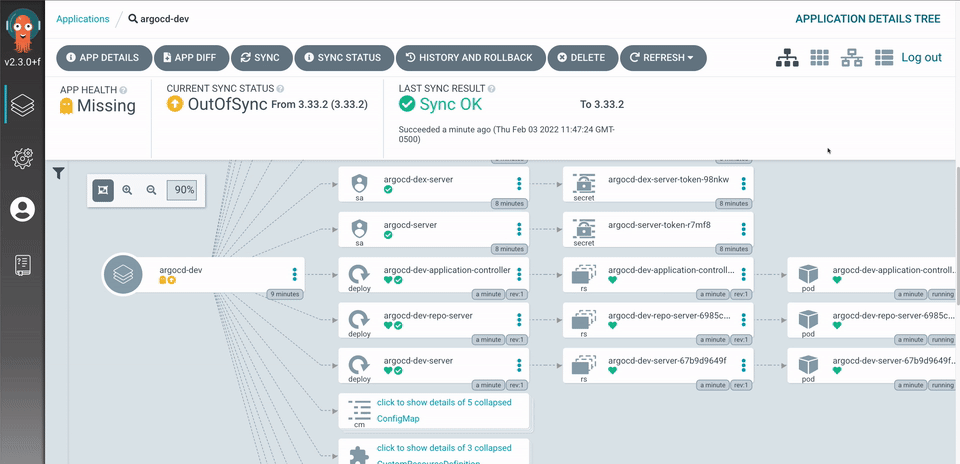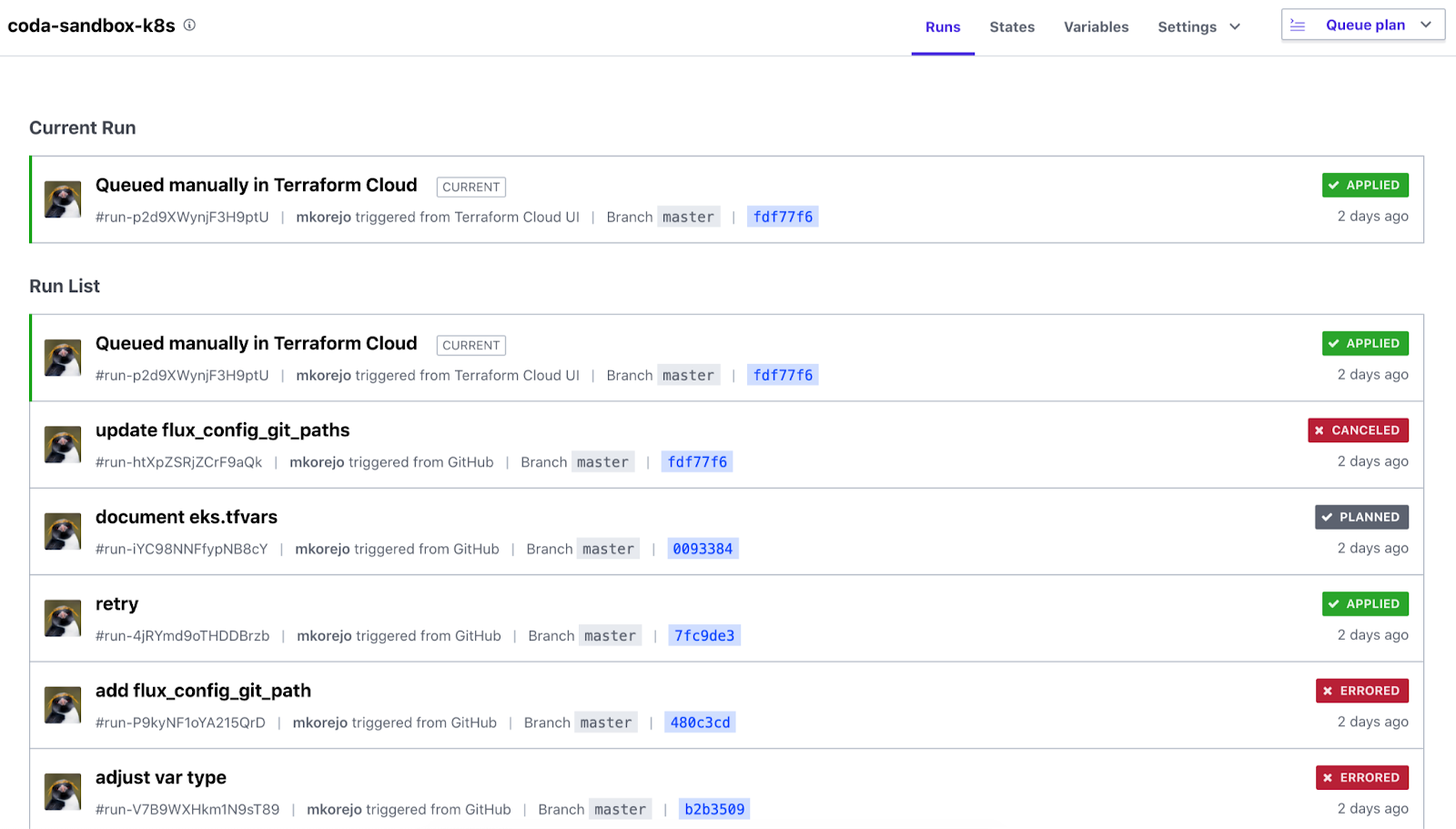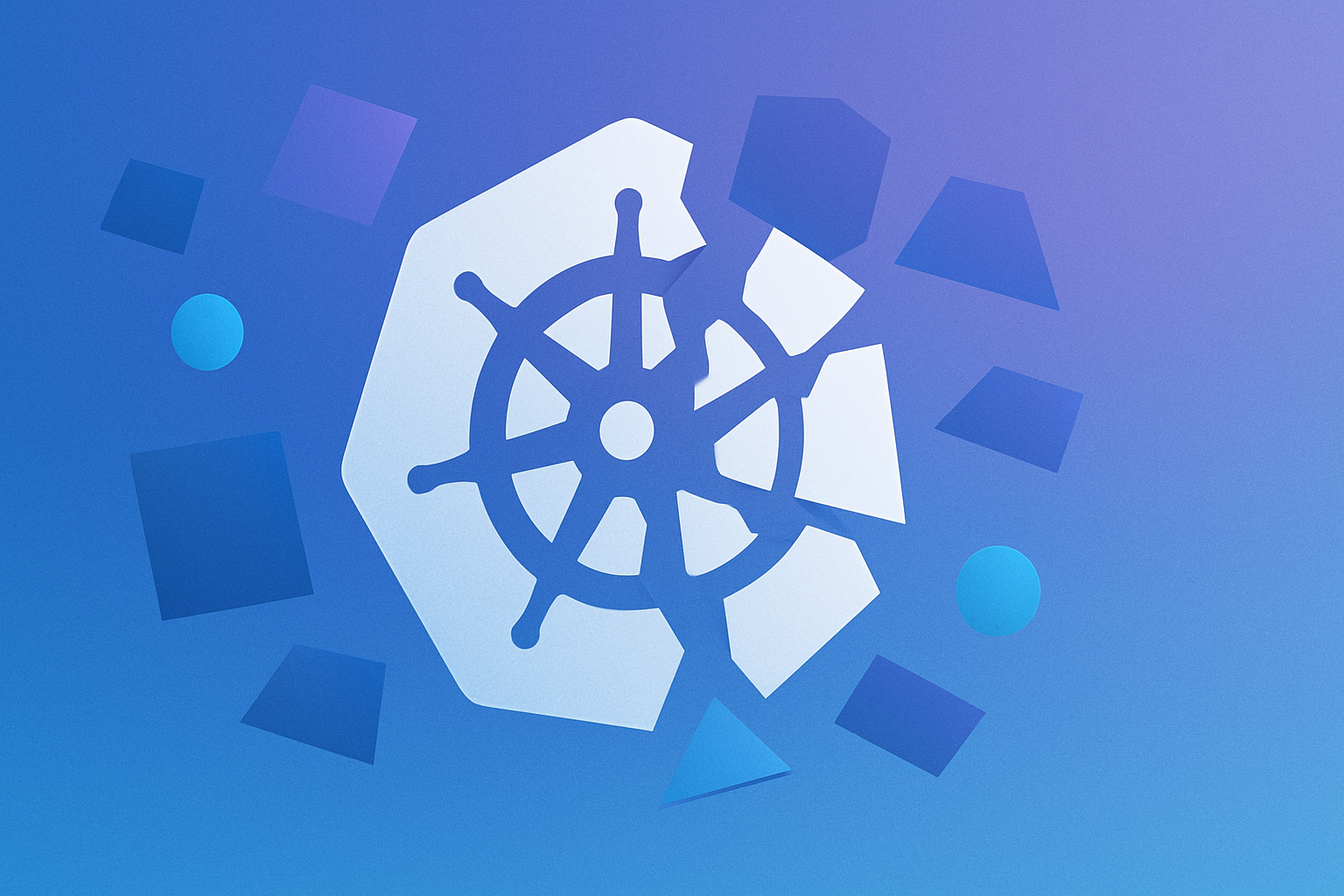GitOps has become a revolutionary approach to software development and operations that provides a way to improve efficiency, reliability, and security. As we enter 2024, the ecosystem of this practice is still changing, and the market has many tools to help support its adoption and implementation. This post aims to illuminate key GitOps tools that are influencing the future of DevOps, offering insights for both developers and IT professionals.
A Brief Recap of GitOps
Let's quickly review the definition of GitOps before getting into the tools. GitOps is essentially a collection of procedures that use Git as declarative infrastructure and the application's single source of truth (SSOT). (Stay tuned for a fuller discussion of the concept of SSOT later on in this post.) The automation of infrastructure provisioning and administration through the use of Git-based workflows improves the dependability, security, and effectiveness of application deployments. GitOps fosters a culture of cooperation and continuous improvement by guaranteeing a tight integration between development and operations, in addition to streamlining change management.
Understanding the GitOps Tool Kit
GitOps depends on a range of tools covering source control management, CI/CD, IaC, and configuration management. These instruments collaborate to automate both the deployment and oversight of infrastructure and applications, fully adhering to the principles of DevOps and agile methodologies.
Comprehending the GitOps toolkit is essential for understanding how GitOps enables a smooth, effective, and secure method for software delivery and infrastructure management. This set of tools is more than just individual tools—it works together as a unified system, utilizing each component's strengths to accomplish GitOps' goals.
Single Source of Truth
The idea of an SSOT is fundamental to the GitOps approach and marks a significant change in infrastructure and applications management. Organizations can guarantee that their system's code, configuration, and infrastructure are version controlled, traceable, and auditable by using Git as the primary source of truth. This method makes it easier to handle complicated settings. Additionally, it boosts security and compliance with a detailed record of alterations and the option to go back to earlier states. Moreover, it promotes teamwork by acting as an SSOT for the system's intended state, thereby reducing the inconsistencies and disagreements common in rapid development settings.

The difference between GitOps and conventional DevOps methods is also deserving of consideration. DevOps targets both cultural and technical practices for optimizing software delivery, while GitOps specifically emphasizes a Git-based approach. This focus on Git in GitOps offers a structured approach for executing CI/CD pipelines, handling infrastructure, and deploying applications. GitOps enhances governance and compliance by adding a layer of review and approval through Git pull requests and merges. Additionally, tools such as ArgoCD and Flux, which are tailored for Kubernetes, demonstrate how GitOps can simplify the management of containerized applications by syncing Kubernetes resources with Git repositories. The close connection between GitOps and DevOps highlights how GitOps is an advancement of DevOps principles, designed specifically for cloud-native technologies and infrastructure as code practices.
Best GitOps Tools
As we venture into the specifics, here are some of the standout GitOps tools that have garnered attention in 2024.
Argo CD
Argo CD is a tool for Kubernetes that operates on the principles of GitOps continuous delivery. It streamlines the process of deploying apps on numerous Kubernetes clusters from a Git repository. By doing this, it guarantees that your live apps align with the planned state stored in Git.
Argo CD also has the capability to visually manage multi-cluster deployments. Thus, it provides an intuitive user interface and extensive command-line interface for operations teams. It's compatible with various configuration management tools and easily integrates with current workflows, which is why it's a popular option for applications based on Kubernetes.

GitHub Actions
GitHub Actions has transformed how developers automate their workflows straight from their GitHub repositories. It allows for the automation of CI/CD pipelines, infrastructure setup, and application deployment through the use of coded workflows. The seamless connection with GitHub makes it a perfect tool for GitOps. This enables teams to automate and coordinate tasks within the well-known GitHub platform. The versatility and wide range of available actions make GitHub Actions a flexible tool for every GitOps workflow.
The versatility and wide range of available actions, such as CI/CD, IaC, automating package publishing, and security scanning, make GitHub Actions a flexible tool for every GitOps workflow.
Terraform
Terraform is a software tool for IaC that allows infrastructure to be defined and provisioned using code. It can handle cloud and on-premises resources using a declarative configuration language. In the realm of GitOps, Terraform enables the automation of infrastructure provisioning by using code from your version control. This ensures uniformity and reproducibility throughout different environments. Terraform is a fundamental component of numerous GitOps pipelines due to its network of service providers. It enables the management of a diverse range of services.

Flux
Flux is one more GitOps tool tailored for Kubernetes that allows for deployment and management automation using Git. It constantly keeps track of your Git repositories and automatically implements the updates on your Kubernetes clusters. Its versatility in managing complex deployments is further improved by its integration with Helm and Kustomize.
Another GitOps solution designed specifically for Kubernetes, Flux enables Git-based deployment and management automation. It automatically applies the updates on your Kubernetes clusters and continuously monitors your Git repositories. Flux is a great choice for companies looking for a clear, Kubernetes-focused GitOps solution because it likewise prioritizes Kubernetes. It can handle more complicated deployments thanks to its interaction with Helm and Kustomize, which provides a more flexible and dynamic method of managing configurations and launching Kubernetes apps. Flux also makes it simple for developers to describe, deploy, and maintain complicated Kubernetes applications by utilizing Helm charts for package handling.
Helm Charts
Helm is a well-known package manager for Kubernetes, which makes administering Kubernetes applications easy and effective. It offers a stable method for setting up, packing, and distributing apps and services to Kubernetes clusters. This tool streamlines deployment procedures while guaranteeing consistency and dependability across several environments. Its status in the GitOps ecosystem is further enhanced by its broad use and community support, making it a well-established solution for managing complex deployments.
DevZero
DevZero is a great addition to the GitOps tooling scene. It provides a distinct perspective on software development environments. Platform engineers can create blueprints for development environments that are symmetric to production and manage those blueprints using GitOps principles. Developers can spin up a cloud based development environment for every PR, while keeping it consistent from dev to production. Using DevZero ensures a single standard dev environment across all developers, while managing the cost of those resources in a centralized way.

Selecting the Right GitOps Tools
Selecting the right GitOps tools involves multiple factors. These include your infrastructure's complexity, team's tech knowledge, and workflow needs. Here are some general guidelines:
- Assess your environment: Take into account the technologies you are currently using and select tools that mesh seamlessly with your current toolset: from version control to cloud native resources, containerization and 3rd party libraries.
- Emphasize collaboration: Choose tools that promote teamwork and transparency among teams, in line with DevOps principles, while properly managing permissions and partitioning.
- Take into account the learning curve: Certain tools may need a greater initial investment in learning and adoption. Weigh the possible advantages against the amount of time needed to gain expertise.
- Evaluate the community and support options: Choose tools with thriving communities and strong support systems. This could be essential for fixing problems and developing your GitOps methods.
Argo CD, for example, used on a large cluster can be a bit resource intensive but all the little features and UI make it a breeze for anyone to deploy apps. Flux, while presenting a bit more of a learning curve, is definitely simpler, and feels like it sticks closer to gitops principles. Moreover Flux refines the scope of what Kubernetes agents are responsible for which makes it easy to manage permissions.
GitOps Tools Conclusion
As GitOps continues to evolve, the landscape of tools and technologies supporting this approach expands, leading to more sophisticated solutions. These advancements go beyond adding features. They offer tailored options for various needs and preferences. With these tools becoming more advanced, teams have the flexibility to choose solutions that best match their specific requirements, allowing for more efficient and effective workflow optimizations.
There are various options available, ranging from all-encompassing platforms to more focused tools. Teams can improve efficiency in their workflow by recognizing the capabilities and unique benefits of each tool in GitOps. In the future, we expect the incorporation of GitOps practices to become a fundamental aspect of contemporary DevOps strategies.
If you want to retain consistency in your development and operations, boost team productivity, and streamline your development workflows, it's time to consider adding DevZero to your toolkit. By creatively managing containerized development environments with code and git, DevZero is setting a new standard in the GitOps industry. Explore how this tool may help your team succeed operationally and more efficiently by embracing the software development of the future.
This post was written by Rhuan Souza. Rhuan is a software engineer who has experience with infrastructure. Rhuan is currently working as a full-stack web developer. He’s a passionate developer who focuses not only on code, but also wants to help change processes, and make people's lives easier.








